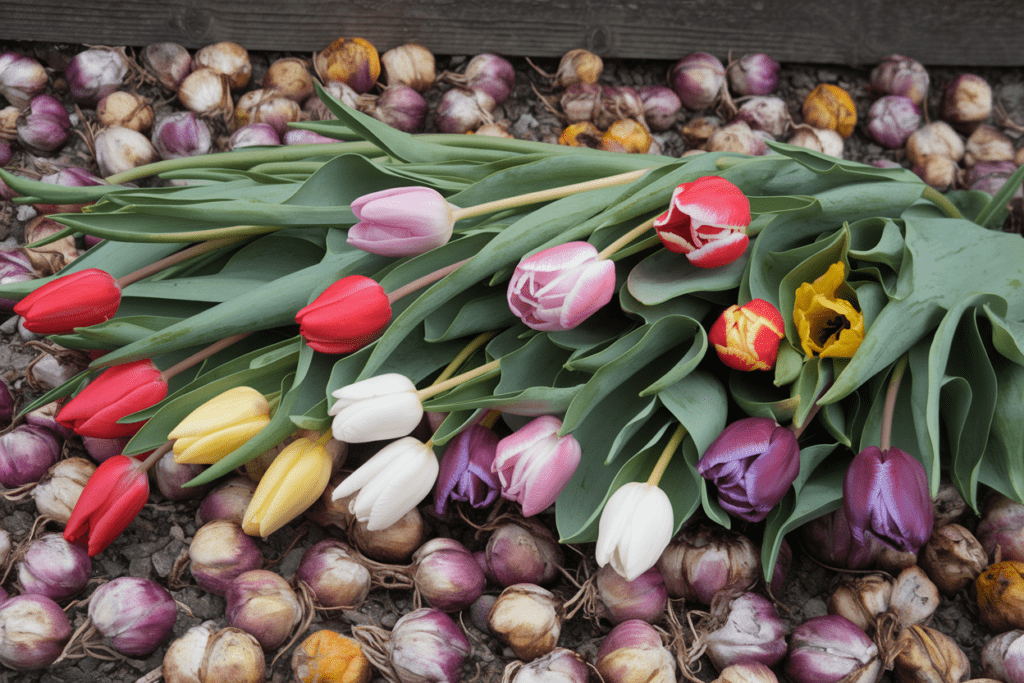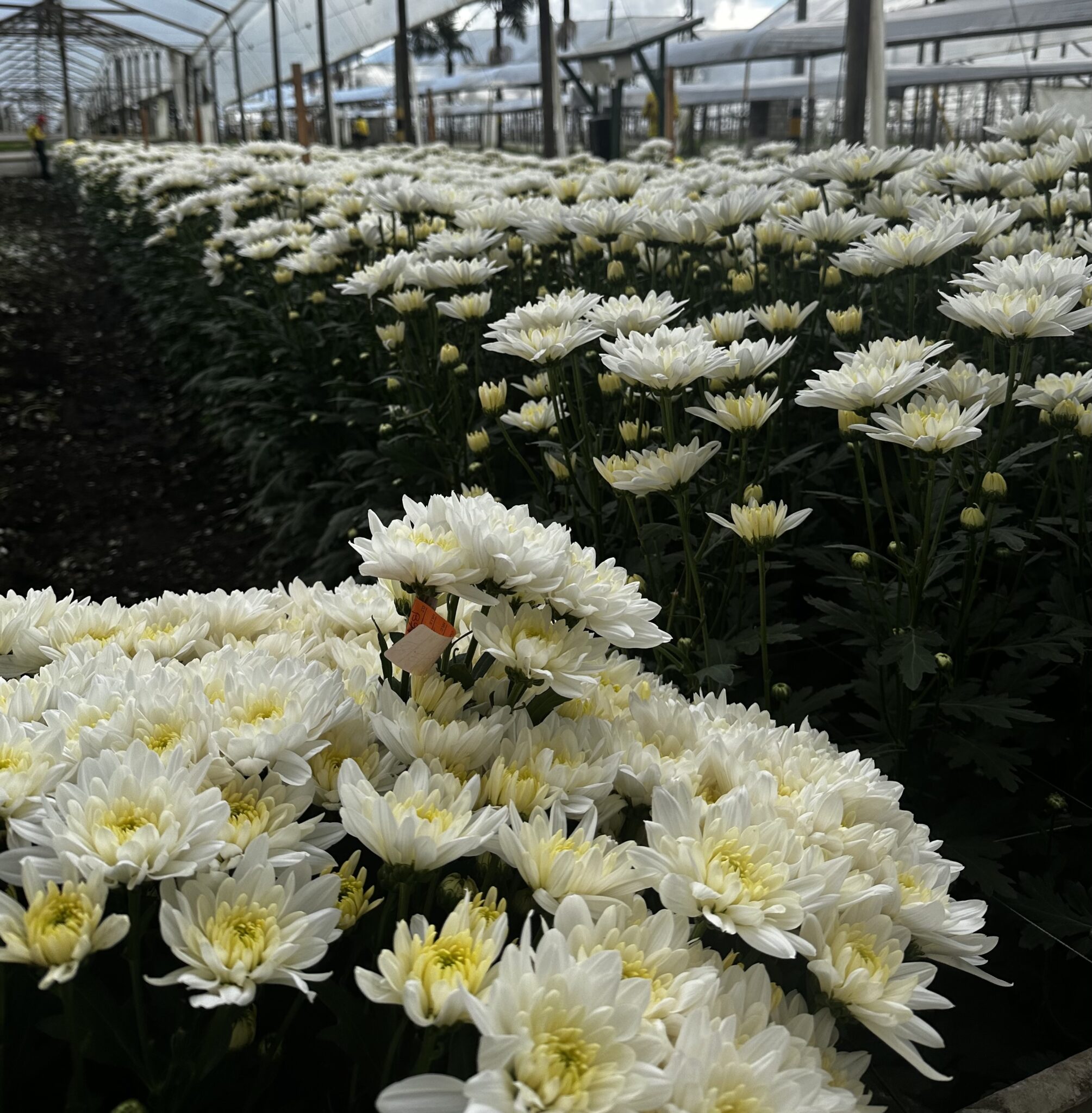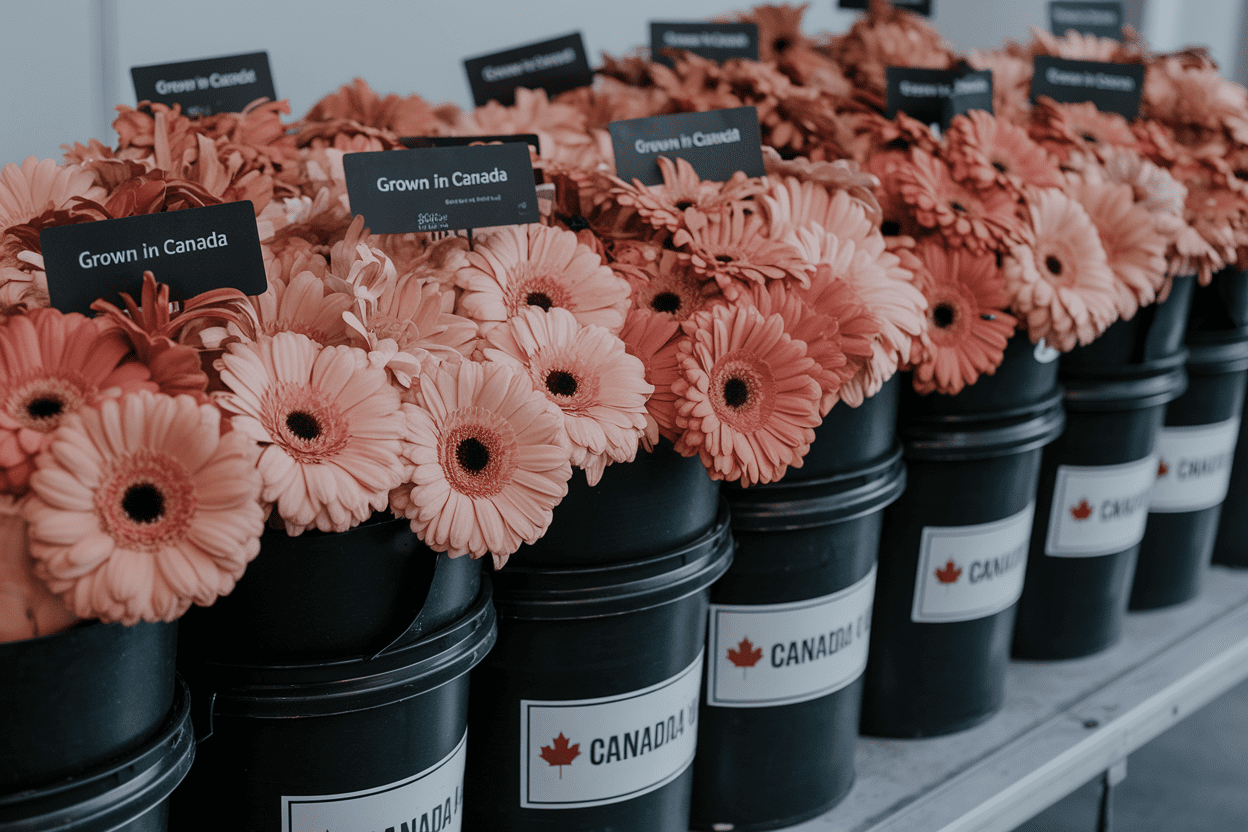
The floral industry is bracing for a tough tulip season in 2025, with a combination of factors putting pressure on tulip prices, quality and availability. Dutch growers have been hit hard by an unusually rainy year, while changes in domestic production in the U.S. are adding further uncertainty.
Unfavorable Weather
Dutch tulip growers produce between 8.5 and 9 billion flower bulbs annually, according to the International Association of Horticultural Producers. Production is down as much as 30%, says flower broker David Kaplan of Above All Flowers, due to poor planting conditions during the fall of 2023 followed by exceptionally rainy growing conditions this spring.
“It was simply too wet to plant the tulip bulbs last fall and too wet and cold for the tulips to grow last spring,” says Tyler Meskers, of Oregon Flowers, one of the few domestic tulip growers in the United States. “Our tulip bulb supplier in Holland said that they have never experienced this issue in the past 50-plus years.”
Production Down
The result is fewer and smaller tulip bulbs (which result in smaller flowers) to plant for a late winter and early spring harvest. Some varieties fared worse than others, Meskers says, resulting in fewer yellow and white tulips (his white tulip bulb inventory is down 20%). He expects red and pink tulips will have better availability than other colors come February and March. Mother’s Day availability is expected to be very low, Kaplan says, because peak production is expected to start later and finish earlier.
Compounding the issue in the U. S. is the closure of farms that grew tulips, Kaplan says. Not only did Sun Valley Floral Farms shutter its doors, but so did a small Washington grower, DeGoede Bulb Farms & Gardens. U.S. wholesalers will have to rely even more heavily on tulips from the Dutch auction, Canadian growers and opposite-season producers in Chile, Kaplan says, which comes with added expenses.
It could be several years before production picks up, Kaplan says, because it takes three years to generate better tulip bulbs.
Price Increases
Kaplan predicts retailers will pay between 25% to 30% more for tulips, but that could depend on whether they are sourcing from a wholesaler that has standing order pricing agreements in place with farms.
Adding to the cost increase driven by reduced supply is the growing costs of doing business. Meskers notes that not only did bulb pricing from his Dutch supplier go up, but he’s facing higher costs for labor, energy and insurance, necessitating that he increase prices.
Retailers, from florists to supermarkets — where the majority of tulips are sold — need to prepare for the price increases. Kaplan expects retailers will use fewer tulips in arrangements or bunches, adjust prices or do a combination of both.
Kaplan also anticipates the tulip shortage could lead to gains for other flowers that are used in place of tulips.
“There is always something else to sell,” he says. “The flower business often has a substitution factor involved where somebody’s loss is somebody else’s gain.”
Sarah Sampson is a contributing writer for the Society of American Florists.





